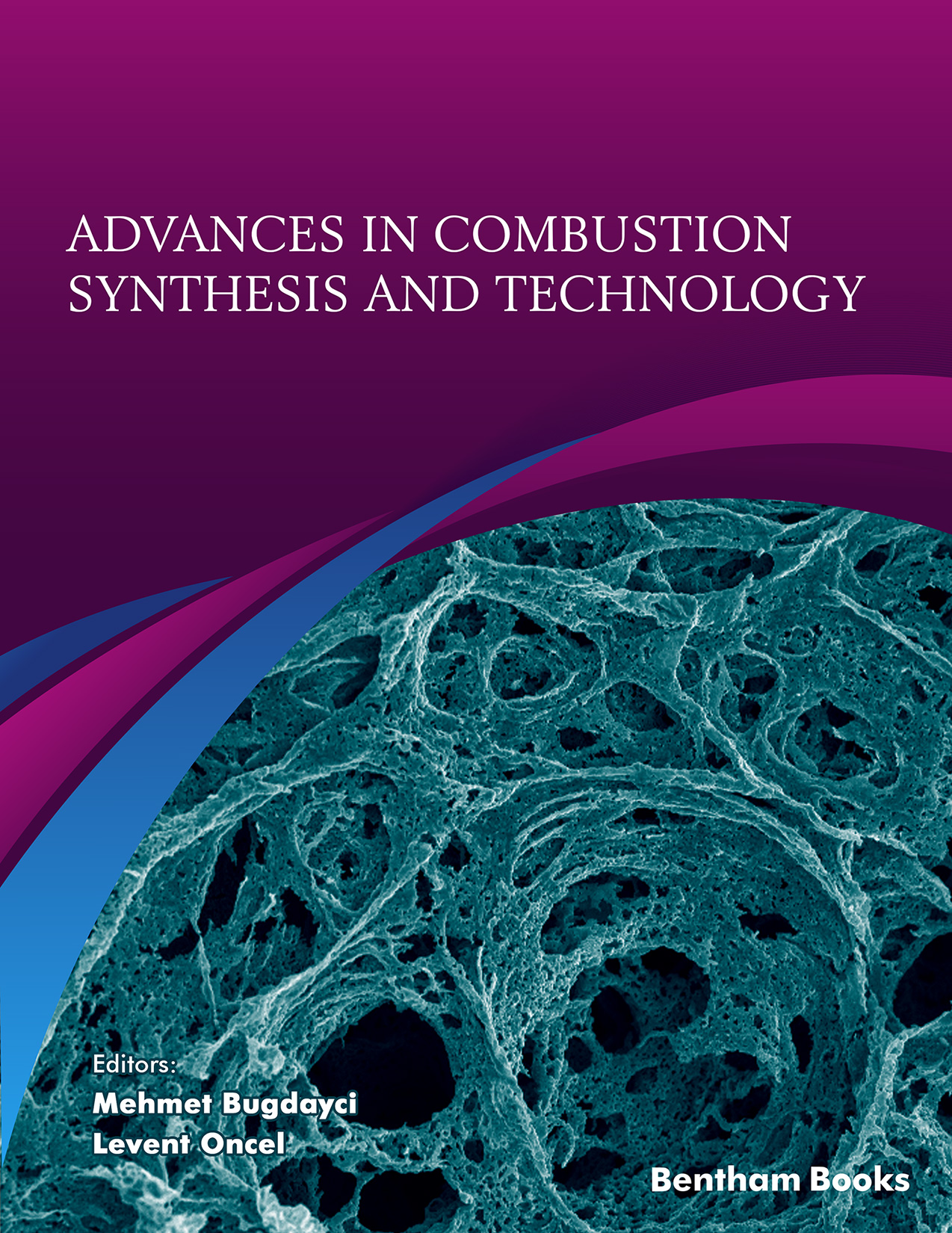Foreword
We are in the beginning of a new era when humankind will severely face its results because of the destruction in the nature e.g., climate change. Until recently, scientists have dealt with understanding the nature and inventions to make our lives easier but not their effects on the nature. To mitigate CO2 level in the atmosphere and to meet 1.5 °C target of the Paris Agreement, it is clear to see that we have to modify and re-design manufacturing methods too. From my point of view, combustion synthesis methods (or metallothermic reduction-based processes) are one of the candidates in materials science to produce materials (metals, alloys, ceramics etc.) having net zero CO2 emissions, low global warming potential and superior mechanical properties than that of conventional production/synthesis techniques.
Combustion synthesis method is a subject that has widespread application, is constantly developing and arouses interest in science because of very fast reactions resulting in remarkable mechanical properties in materials. Furthermore, this method has metallothermic and exothermic characteristics to emit net zero CO2. Combustion synthesis techniques do not require any additional energy to provide during reactions. With combustion synthesis, a wide range of materials can be produced, such as components used in space, very hard composites, advanced technological ceramics, catalysts, and nanocomposites.
There are three well-known subgroups of combustion synthesis: self-propagating high-temperature synthesis (SHS), volume combustion synthesis (VCS) and solution combustion synthesis (SCS). SHS is the first discovered combustion synthesis route and, it was first introduced about 55 years ago by Professor Alexander Merzhanov and his colleagues in the USSR. Today, SHS-based technologies provide valuable changes to traditional material manufacturing methods such as powder metallurgy, conventional and force sintering, casting, extrusion, hot isostatic pressure sintering, and others. Creative works of scientists from all over the world have created many unique applications and revealed features for the combustion synthesis processes.
In this book, various features and applications of combustion synthesis were shared from thermodynamic/kinetic features to the production of different materials like nanocomposites, functional grade materials and advanced ceramics. I believe that the book will be an important guide in this field to help other scientists.
I am grateful to the editors (Dr. Bugdaycı, Dr. Oncel) and to the authors for their great efforts in the preparation of this book.
Ahmet Turan, PhD
Principal Investigator in Extractive Metallurgy
and Recycling Lab. (EMR-Lab)
Yalova University - Chemical Eng. Dpt.
Turkey

